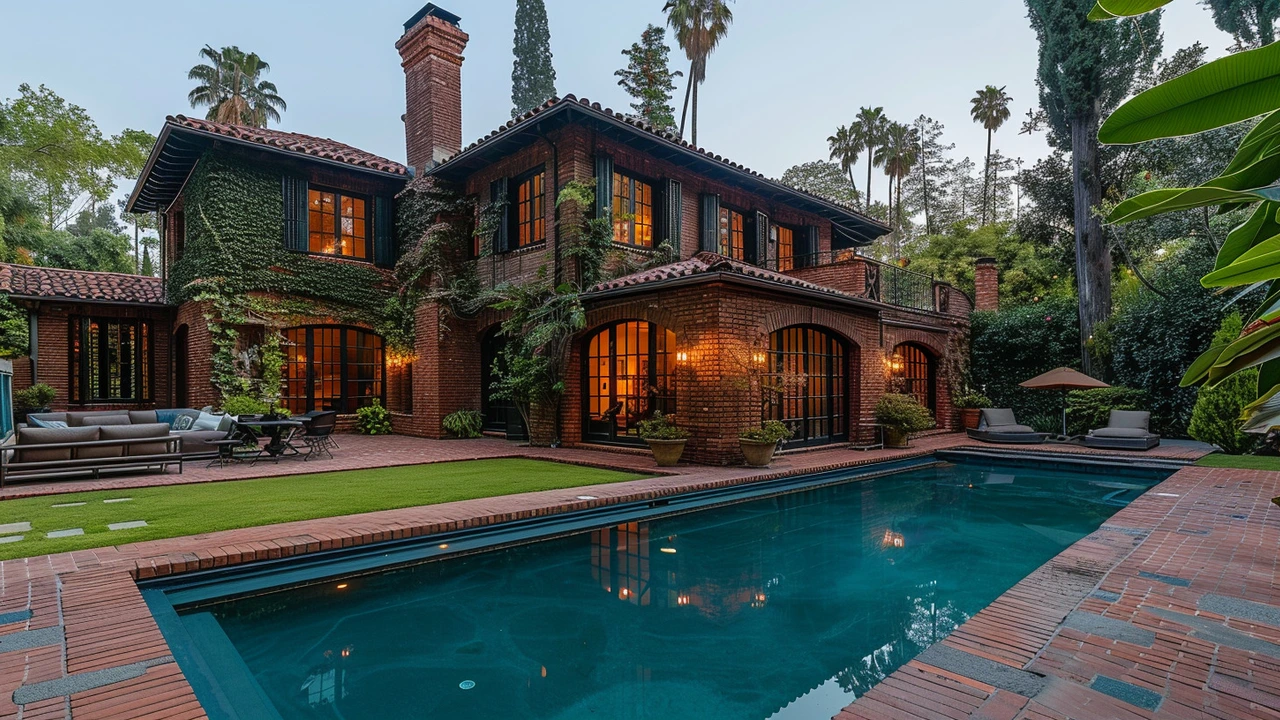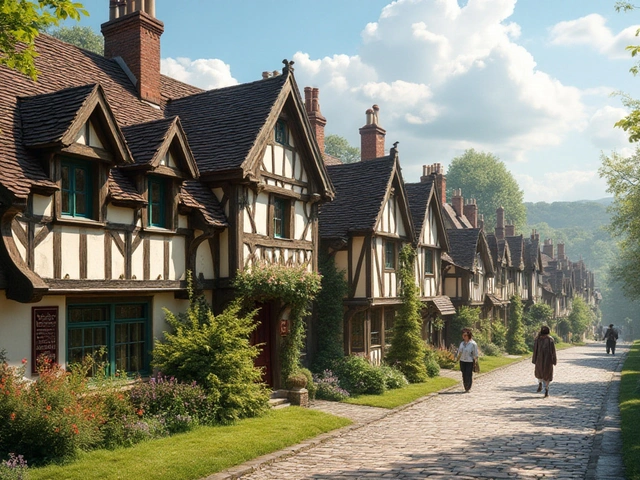The Timeless Elegance of Tudor Style
The Tudor architectural style, known for its striking features such as steeply pitched gable roofs, elaborate chimneys, and half-timbering, retains a unique position in the hearts of homeowners and architects alike. Originating in England during the Tudor period (1485-1603), this style embodies a rich history and a distinctive aesthetic appeal that crosses centuries to remain relevant in today's architectural discourse. The charm of Tudor homes lies not just in their outward storybook appearance but also in the warmth and intricacy of their interiors. With wood panelling, leaded glass windows, and detailed masonry, these homes evoke a sense of nostalgia and craftsmanship often missing in modern designs.
The persistent fascination with Tudor architecture could be attributed to its unique blend of medieval grandeur and early Renaissance optimism. Each element of a Tudor home tells a tale of bygone eras, yet their structures cater remarkably well to modern living. The large fireplaces that once warmed the inhabitants now serve as focal points for family gatherings, while the expansive, lattice-leaded windows offer a connection to the outdoors. Adopting aspects of Tudor style in contemporary housing offers a slice of historical elegance balanced with the necessity of modern comfort, making it a sought-after aesthetic in the 21st century.
Incorporating Tudor Design Elements into Modern Homes
Embracing the Tudor style in modern architecture does not necessitate replicating a 16th-century home brick by brick. Instead, it's about incorporating key elements that echo the Tudor aesthetic while meeting today's standards for comfort and sustainability. For instance, the characteristic half-timbered façade can be reimagined with modern materials that offer better insulation and durability without sacrificing the visual appeal. Similarly, the steep, multi-gabled roofs can be engineered to improve water drainage and withstand harsh weather conditions while maintaining their distinctive silhouette.
The interior of a home can also reflect Tudor charm through careful selection and integration of materials and design elements. Exposed wooden beams, not only a nod to the structural aspect of Tudor homes but also a warm, rustic aesthetic, can be cleverly incorporated into contemporary spaces. Fireplaces, once the heart of the Tudor home, can be modernized with efficient, eco-friendly technology while retaining their grandeur and capacity to bring people together. By blending these historical elements with modern design principles, architects and homeowners can create spaces that reflect the elegance of the Tudor style with the functionalities and comforts of the 21st-century lifestyle.





